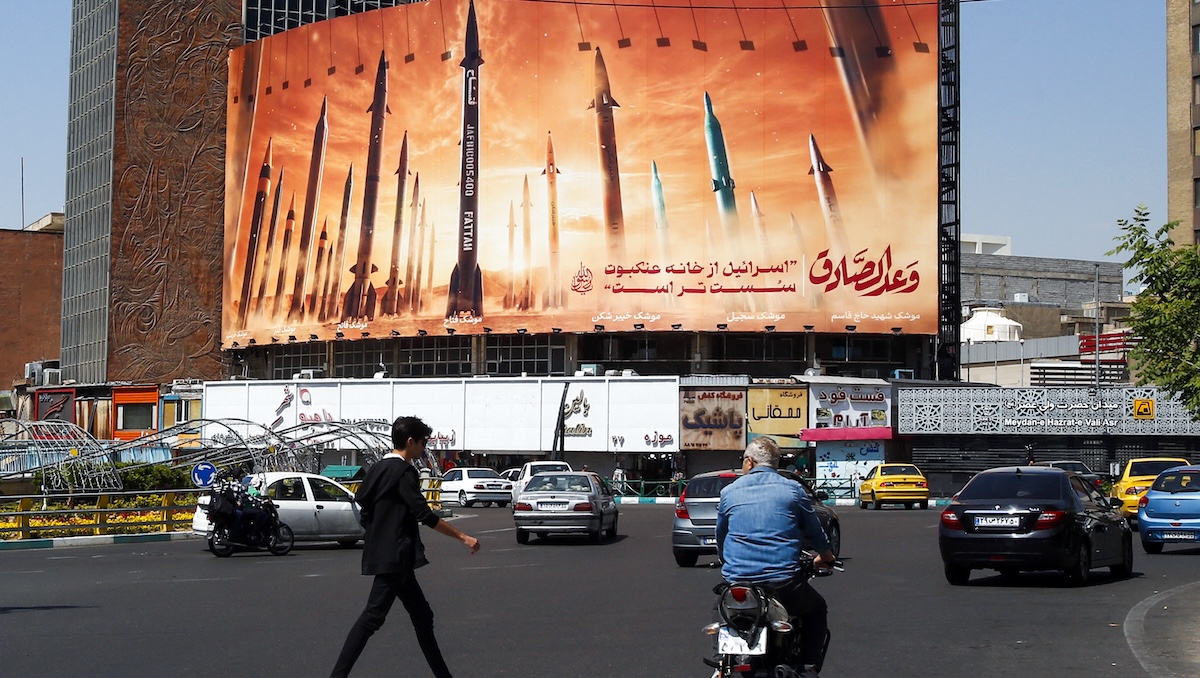The timing is right for dramatic views of this year's Perseid meteor shower.
The height of the Perseids on Thursday will be one day before the new moon, allowing star gazers a stellar view. Last year, a nearly full supermoon crashed the Perseids party and cast a glare that spoiled views of one of the most spectacular meteor showers of the year.
"There won't be moonlight to upstage the show," said NBC4 forecaster Crystal Egger. "It will be dark. If there's one to watch, it's this one."
The best time to watch is 1 a.m. Thursday, according to NASA. But the sky will be alight Tuesday through Friday night.
Expect partly cloudy skies in most parts of Southern California, Egger said.
NASA: How to See 2015's Best Meteor Showers
Just find a spot away from city lights with a clear and open view, preferably facing away from the moon. A higher elevation generally provides a better view of one of the year's most spectacular meteor showers, capable of producing up to 100 meteors per hour.
News
Top news of the day
"If you see one meteor shower this year, make it August's Perseids or December's Geminids," NASA said on its Asteroid Watch page.
And don't bother with telescopes and binoculars. They limit the field of vision, reducing the amount of sky you can see at one time.
The Perseids can typically be seen between mid-July and late August when Earth passes through cosmic debris left by comet Swift-Tuttle. Earth passes through the comet's dusty debris trail every year, and the streaks of light that we see as "shooting stars" are caused by comet particles and pieces of broken asteroids colliding with our atmosphere and disintegrating.
The comet at the center of the Perseid light show, 109P/Swift-Tuttle, takes 133 years to orbit the sun. Swift-Tuttle was found to be the source of the Perseids in 1865 after its discovery three years earlier.



